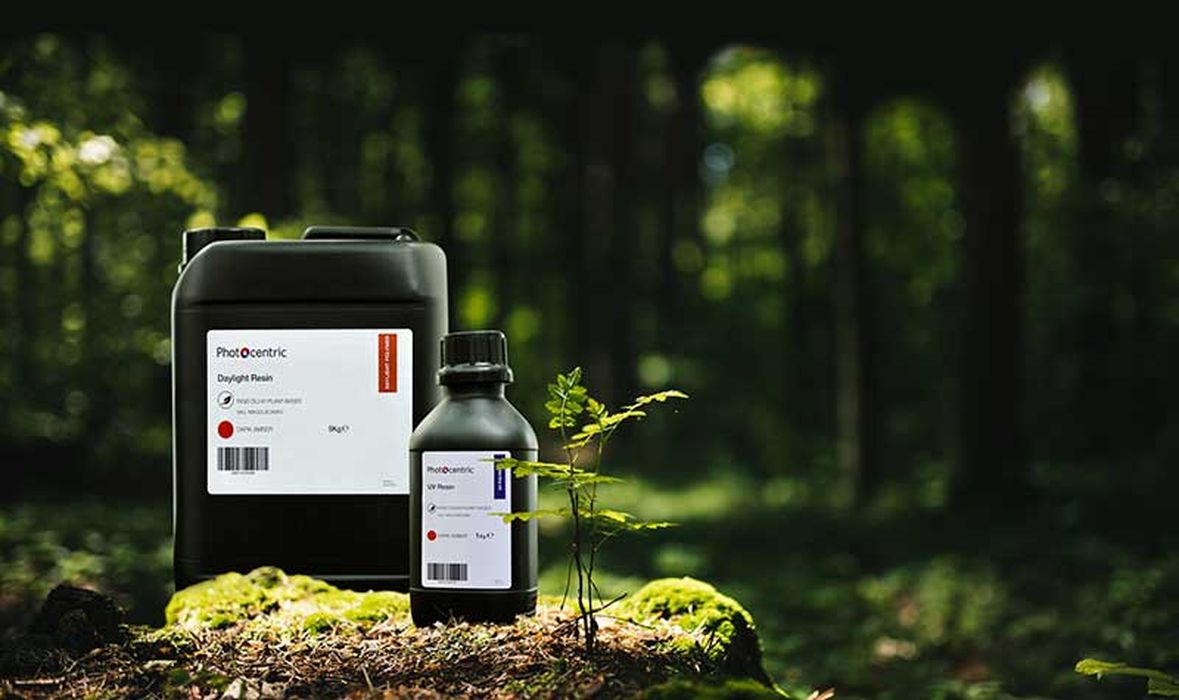
Could bio-based 3D printer resins become dominant over oil-based resins?
There’s a climate emergency underway, if you haven’t noticed, and many companies and individuals are taking steps to reduce their production of CO2 released into the atmosphere. Whether it be a switch to electric vehicles, optimized energy consumption, or reduced usage, the idea is to slow down and potentially stop the rise of the CO2 content in the air.
Basically, that means leaving oil in the ground, where the carbon is unable to affect our climate. If oil is taken out of the ground it will almost certainly be burned and CO2 will be released.
Most 3D printer materials are made from oil or oil derivatives, although there have been some recent experiments in producing bio-based products that avoid oil entirely. However, these haven’t caught on in a large way.
Part of the reason for the slow adoption is that few of the larger producers have adopted bio-based approaches. But that seems to be changing.
I am reading a piece by Photocentric about their strategy for bio-based resins. Photocentric is one of the few base providers of photopolymer resin on the planet. Their products are relabeled by many resin suppliers, and you’ve probably unknowingly used some of their products if you operate a resin 3D printer.
Photocentric explains:
“The journey to reducing the carbon footprint associated with 3D printing is now well underway. Bio-based resins are now established and gaining a growing market share. They offer many advantages in their sustainability, reduced environmental impact, and localised production while no longer relying on external countries’ oil reserves, but they are now finally giving users enhanced properties.”
Their chemists have identified a very useful natural compound from trees that can be used to produce bio-based resin. Photocentric’s Head of Chemistry Dr. Rob Young explains:
“We have used monomers made from tree waste, camphene. It’s the most widely encountered terpenoid in nature, appearing in conifers and other trees as well as in fast growing plants such as cannabis and cypress. It can also before formed from alpha-pinene, further increasing its feedstock capability. Their chemical structure lends themselves to relatively trivial chemical processes to form monomers that have amazing diluting powers with high bio-content.”
The most interesting part of this is the properties of the resulting resin. Normally, bio-based resins compromise on engineering properties as compared to oil-based equivalents. This is part of the reason bio-based resins are less popular.
However, the camphene-based resins apparently offer the possibility of improved engineering properties, so long as appropriate chemistry is applied. It seems the company may be producing new resins using this plant-based chemistry in the future.
Meanwhile, Photocentric launched a daylight resin made from plant oil, Rigid DL240 Plant-Based Resin, which is based on corn waste. The ingredients have already been used in concrete applications, so they feel it’s “tough enough to make 3D printed plastic parts”.
It seems that Photocentric has a strong strategy for introducing new bio-based 3D print materials, and that will be good for not only the environment, but also for 3D printer operators seeking better quality materials.
Via Photocentric
